I would like to calculate the sum of two triangular random variables,
P(x1+x2 < y)

Is there a faster way to implement the sum of two triangular random variables in Matlab?
EDIT: It seems there's possibly a much easier way, as shown in this minitab demonstration. So it's not impossible. It doesn't explain how the PDF was calculated, sadly. Still looking into how I can do this in matlab.
EDIT2: Following advice, I'm using conv function in Matlab to develop the PDF of the sum of two random variables:
clear all;
clc;
pd1 = makedist('Triangular','a',85,'b',90,'c',100);
pd2 = makedist('Triangular','a',90,'b',100,'c',110);
x = linspace(85,290,200);
x1 = linspace(85,100,200);
x2 = linspace(90,110,200);
pdf1 = pdf(pd1,x1);
pdf2 = pdf(pd2,x2);
z = median(diff(x))*conv(pdf1,pdf2,'same');
p1 = trapz(x1,pdf1) %probability P(x1<y)
p2 = trapz(x2,pdf2) %probability P(x2<y)
p12 = trapz(x,z) %probability P(x1+x2 <y)
hold on;
plot(x1,pdf1) %plot pdf of dist. x1
plot(x2,pdf2) %plot pdf of dist. x2
plot(x,z) %plot pdf of x1+x2
hold off;
However this code has two problems:
- PDF of X1+X2 integrates to much higher than 1.
- PDF of X1+X2 varies widely depending on the range of x. Intuitively, if the X1+X2 is larger than 210 (the sum of upper limits "c" of two individual triangular distributions, 100 + 110), shouldn't P(X1+X2 <210) equal to 1? Also, since the lower limits "a" is 85 and 90, P(X1+X2 <85) = 0?